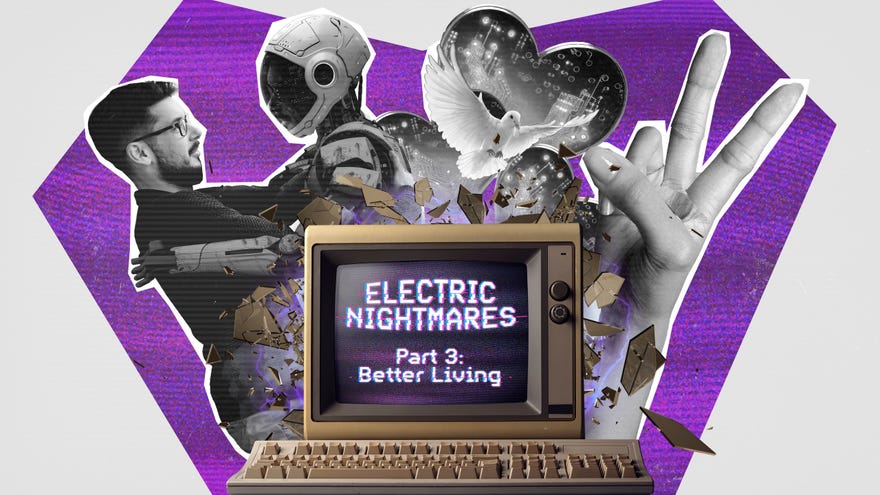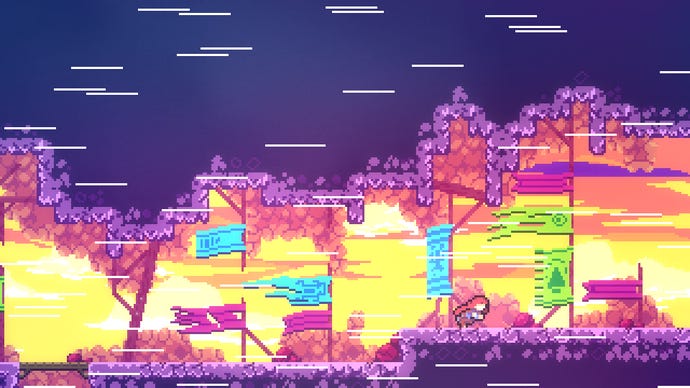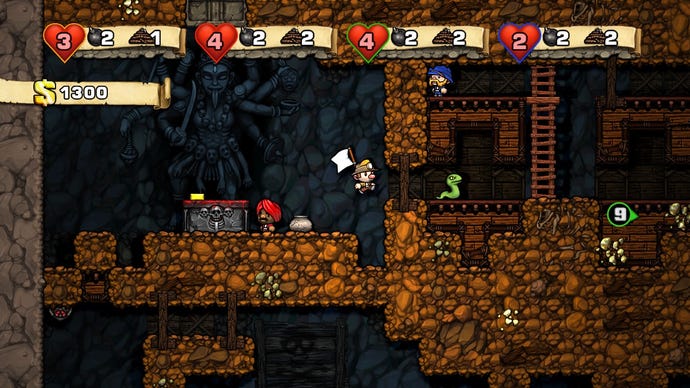HomeFeatures
For a best-case scenario future, generative AI must put creators at its heartWhat happens if everything to do with generative AI goes right?
What happens if everything to do with generative AI goes right?
Image credit:Rock Paper Shotgun
Image credit:Rock Paper Shotgun

In Part 1,Our Generation, we looked at what we mean when we say ‘generative AI’.
In Part 2,The Art Of The Steal, we investigate the issues of how generative AI is currently trained to produce art and creative work.
Part 3, Better Living, indulges in some blue sky thinking about what life could be like if the best case scenario for generative AI comes to pass.
One of the most controversial and often-cited criticisms of modern AI systems is that they’re built from, and dependent on, the stolen work of other people. It’s far from the only criticism people have of this new technology, which might make us wonder exactly why anyone wants it in the first place. Today, I’d like to talk about some of the brighter futures that might come out of generative AI for us, as well as why the path toward them might be a tricky one to walk cleanly.
AI can also provide new routes for accessibility. One of my favourite papers on the use of AI in games, “Your Buddy, The Grandmaster”, is about how so-called ‘superhuman’ AI systems might be used to support players at every level of ability and access needs, rather than simply trying to beat the world champions. The paper describes several different games based on the hardcore platformerCeleste, in which a superhuman AI enables new ways of playing the game. In one, the player’s control over the game is reduced down to pressing a single button – the jump button – and the AI takes control of all other aspects of the game. The AI’s high skill level means it can adapt to the player’s jumping, but it won’t play the game on its own, so both parties have to co-operate to finish it. In another version, the player can ask the AI to show a ghost how it would complete the level in a way it believes the player is capable of doing. None of the new games are supposed to bebetterthan Celeste – Celeste is its own, beautiful thing. But they are all unique and interesting variations that might be more accessible or appealing to people of different skill levels, accessibility needs or interest.
Celeste is a challenging platformer at the best of times, but AI-assisted versions of it can make it more accessible to players of all types of skill level. |Image credit:Maddy Makes Games

The reason we often end up hearing this kind of pitch is, I think, because of where generative technology has ended up. In the early 2010s, generative systems were about the kind of procedural content generation techniques you’d see in games such asMinecraftorSpelunky. Although they were treated as technical processes, what these techniques became were ways for designers to express themselves through algorithms. Spelunky’s level generator is an extension of game designer Derek Yu’sown sense of how to design levels; Minecraft’s sweeping landscapes are painted with a brush that’s been refined and trimmed over years of updates from Mojang’s developers. Traditional procedural generation techniques were an extension of the person who made the system.
To see this content please enable targeting cookies.Manage cookie settings
To see this content please enable targeting cookies.Manage cookie settings
But is that really what we want? Looking at the big hitters of 2023, and the joyful social media fun withactors from Baldur’s Gate 3orFinal Fantasy 16(andsometimes both of those games together), I can’t help but feel that losing this would be unsatisfying for most people. If I thought I was cool enough to write and act out the protagonist role in a video game, I’d have taken my one-man theatre adaptation ofMass Effectto the stage already.
Spelunky’s level generator is an integral part of why its design has resonated so deeply with its players. |Image credit:Mossmouth

I don’t think this is insurmountable, though. I think generative AI systems can get past this, if we re-centre them on creators. It’s not just about having people donate their data to build models from it; it’s about giving those creators the ability to control, edit, shape and remake those models to achieve their own goals, and to do so without using data from millions of other unwitting and uncredited collaborators. If we can find a way to put generative AI back firmly in the hands of creative people, then we can begin to discover what artistic and empowering uses this technology might have.
Yet there’s a tension here, too. AI translations oftenlack the cultural understanding or poetryor a human-authored work. Translation work – even, or perhaps especially, unpaid fan translations – are an important way that people gain experience, build communities of translators, and keep languages alive and changing. Not to mention that AI translation is much better at some languages than others, and particularly languages under threat are often very poorly supported. Leaning more into AI translation could help bring a lot of new games to a lot of new audiences, and help preserve the history of the medium for more people, but it might also have unforeseen consequences for other parts of our community.
One of the difficult things to navigate when thinking about AI’s benefits is that it’s hard to distribute those benefits to people equally. If we were to makea little robotthat helps to make your game better, that might be a huge benefit to the thousands of independent game developers struggling around the world to compete with the likes of Ubisoft and Activision. But there also wouldn’t be anything to stop studios like Ubisoft and Activision from building a thousand of those little robots and setting them loose in their company to widen the gap again. Nor would it help the tens of thousands of aspiring independent developers who can’t make enough money to afford the one robot in the first place.
In Part 4,A Short Distance Ahead, we look at what the near future of AI promises, and what we can do with it.